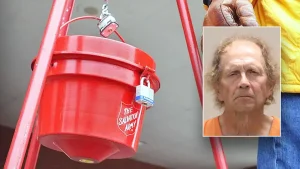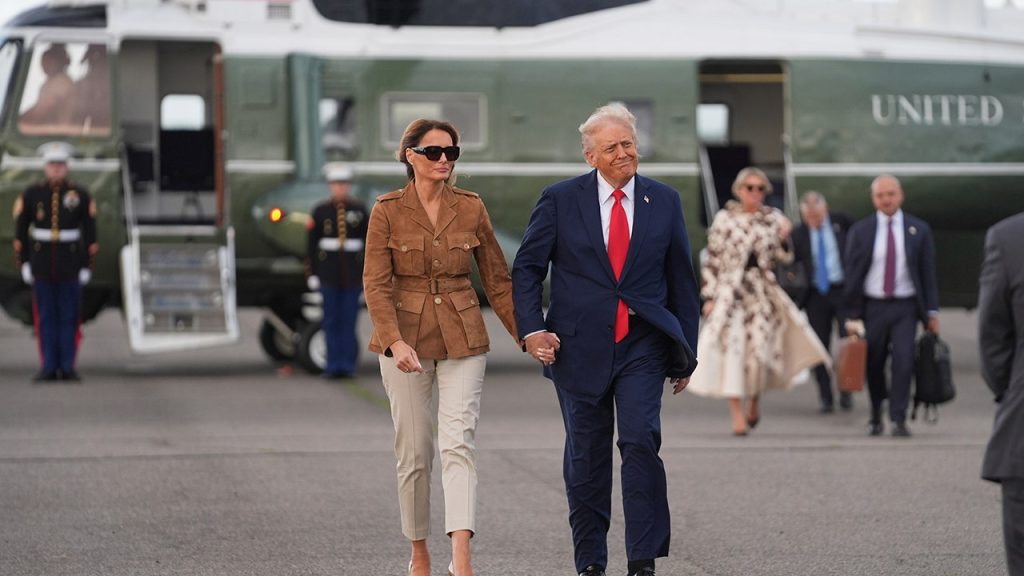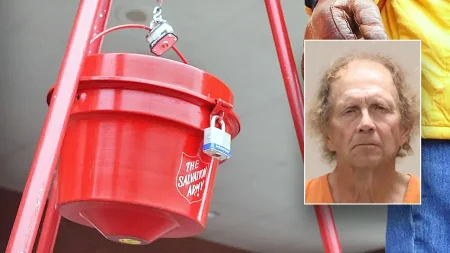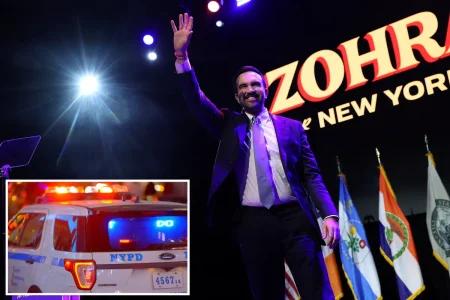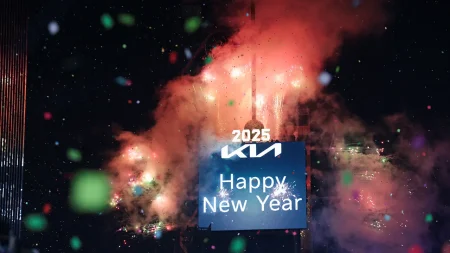Man Arrested for Pointing Laser at President Trump’s Helicopter: A Concerning Security Incident
In a troubling security incident near the White House, a man named Jacob Samuel Winkler was arrested on serious federal charges after allegedly aiming a laser pointer at Marine One as it carried President Donald Trump. The incident highlights the ongoing security challenges faced by presidential protection teams and the sometimes overlooked dangers of seemingly innocent devices like laser pointers. Winkler now faces a felony charge that could result in up to five years in prison—a stark reminder of how seriously authorities treat potential threats to presidential transportation. What makes this case particularly concerning is that Marine One, the presidential helicopter, represents a critical component of presidential security and transportation, and any interference with its operation is considered a significant threat.
The incident unfolded on Saturday when Secret Service Officer Diego Santiago was patrolling near the White House, specifically monitoring the flight path of the presidential helicopter. During his patrol, Santiago noticed an unusual figure—a shirtless man talking loudly to himself. This individual, later identified as Winkler, first directed the laser at Santiago’s face when the officer used his flashlight to get a better look, temporarily disorienting him. According to the criminal complaint, Winkler then proceeded to point the red laser beam toward Marine One as it departed from the White House with the President aboard. This deliberate action set in motion a rapid security response, as any interference with presidential transportation protocols triggers immediate protective measures. The behavior exhibited by Winkler raised immediate red flags for the experienced Secret Service personnel who are trained to identify potential threats.
What might seem like a minor prank to some is actually considered extremely dangerous by aviation experts and security professionals. Pointing lasers at aircraft creates a serious safety hazard that goes beyond mere distraction. The criminal complaint specifically noted that Winkler’s actions posed a “danger” to both the helicopter and everyone on board, including the President, by risking “flash blindness” and pilot disorientation. These effects significantly increase the risk of collision or other accidents, especially for aircraft flying at lower altitudes like Marine One was during this incident. Pilots across all aviation sectors have reported increasing concerns about laser incidents in recent years, with many experiencing temporary vision impairment that can last from several seconds to several minutes—a terrifying prospect when responsible for flying an aircraft with passengers.
After being apprehended, Winkler’s behavior took an interesting turn. According to the criminal complaint, he made several statements including, “I should apologize to Donald Trump” and “I apologize to Donald Trump,” suggesting he may have recognized the severity of his actions. When questioned after waiving his Miranda rights, Winkler claimed ignorance of the law, stating he didn’t know it was illegal to point a laser at Marine One and that he “points the laser at all kinds of things, such as stop signs.” Authorities seized both the red laser pointer and a three-inch fixed-blade knife from Winkler as evidence. The immediate and forceful response from security personnel demonstrates how seriously threats against presidential transportation are taken, regardless of the perpetrator’s intent or claimed ignorance of the law.
This incident comes amid heightened security concerns surrounding the former president. While the criminal complaint doesn’t suggest Winkler had terrorist motives or political intentions, the case follows other security incidents involving Trump, including an assassination attempt earlier this year. The Secret Service has been under increased scrutiny regarding their protection protocols, making this laser-pointing incident particularly notable in the broader context of presidential security. The fact that Winkler was able to get close enough to Marine One’s flight path to target it with a laser raises questions about perimeter security and the challenges of protecting against unconventional threats that may seem harmless but can have serious consequences.
The case against Jacob Samuel Winkler serves as a powerful reminder about the seriousness with which authorities treat any potential interference with presidential security. While details about Winkler’s background, age, and legal representation remain limited in court filings, the consequences he faces are substantial. The felony charge of aiming a laser pointer at an aircraft carries a potential five-year prison sentence—a punishment that reflects the gravity with which the justice system views actions that endanger aircraft safety, particularly when the President is involved. This incident also highlights a broader public safety issue, as laser pointer incidents affecting commercial and private aircraft have increased dramatically over the past decade, prompting the FAA and other agencies to launch educational campaigns about the dangers and legal consequences of pointing lasers at any aircraft, not just those carrying dignitaries or presidents.
